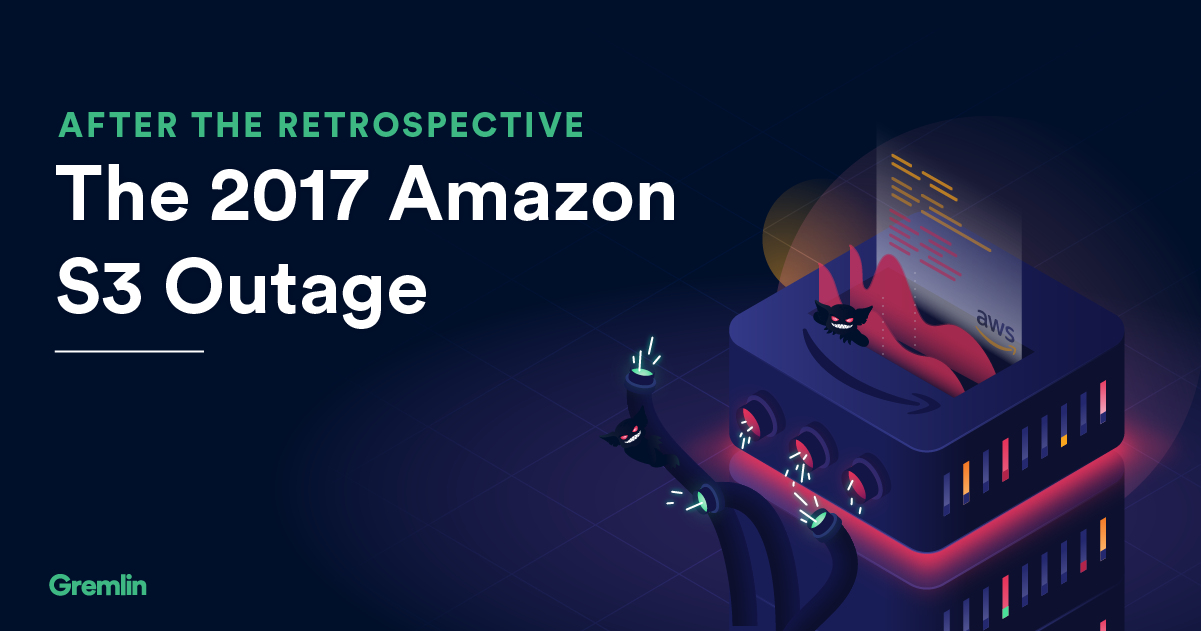Understanding the AWS Outage: Impact and Insights for Businesses
The AWS outage on December 7, 2021, sent shockwaves through the tech landscape, highlighting the vulnerabilities in even the most robust cloud infrastructures. For businesses dependent on Amazon Web Services (AWS), this disruption posed significant challenges, illustrating the critical nature of understanding cloud operations and the potential risks associated with them. As HR professionals and business leaders evaluate their operational strategies, it’s imperative to grasp the implications of such outages and how to mitigate risks in the future.
What Happened During the AWS Outage?
On the fateful day in December 2021, many businesses observed service disruptions that spanned various sectors, from retail giants to small businesses. The outage primarily affected AWS’s core services, including Amazon EC2 and Amazon S3, which are foundational for hosting applications and storing data.
According to ThousandEyes’ analysis, the root cause of the AWS outage was identified as an issue within the management and control plane used to manage the resources of the network. This failure then cascaded into widespread failures across services, leading to significant downtimes.
The Economic Impact of the AWS Outage
The economic ramifications of the AWS outage were substantial. Companies reliant on AWS for day-to-day operations and processes faced a variety of consequences, including loss of revenue, customer dissatisfaction, and reputational damage. Notably, organizations in sectors such as e-commerce, digital services, and content streaming were disproportionately affected, emphasizing the interconnected nature of modern cloud-powered business operations.
For example, many online retailers experienced crashes during peak hours, directly impacting holiday sales. The ramifications extended beyond immediate financial losses, challenging consumer trust and long-term loyalty. In such scenarios, HR leaders and business strategists must work closely to navigate the aftermath, ensuring that teams remain resilient and adaptable.
Lessons Learned from the AWS Outage
In the wake of the AWS outage, businesses must reflect and learn to strengthen their operational frameworks. Here are several key lessons that emerge from this event:
- Redundancy is Vital: Having a multi-cloud strategy can help mitigate the risks associated with dependence on a single provider. Organizations should consider diversifying their cloud infrastructures to ensure that operations can continue smoothly even when one service encounters issues.
- Regular Updates and Communication: Maintaining regular communications with teams and stakeholders during outages is crucial. This includes providing timely updates about systems’ statuses and customer impacts. Transparency builds trust and understanding among clients and team members.
- Comprehensive Disaster Recovery Plans: Companies should have clear disaster recovery strategies that can be implemented swiftly during service disruptions. This includes having a well-defined response plan that encompasses communication and operational recovery procedures.
Future-Proofing Business Operations Post-Outage
As businesses dive into future-proofing their operations, embracing automation can be a pivotal strategy. Automating business processes with tools and workflows, such as those offered by n8n, can drastically improve speed and efficiency. n8n allows organizations to integrate various applications and services to create automated workflows, minimizing dependency on manual processes that can be affected by outages.
By bridging AI and automation, HR professionals can focus on strategic initiatives, especially during crisis recovery. Moreover, leveraging insights from such analytics tools can help identify points of failure and enhance overall preparedness for future incidents.
Conclusion: Navigating the Future of Cloud Infrastructure
The AWS outage serves as a stark reminder of the importance of robust cloud strategy and the need for businesses to remain adaptable in an ever-evolving digital landscape. By learning from past incidents and building resilient frameworks through automation and redundancy, HR leaders and business executives can better position their organizations to withstand not only outages but also the broader challenges posed by the cloud ecosystem.
As we move forward, ongoing education and strategic planning will be essential. By understanding the complexities of cloud services and harnessing the power of automation, businesses can navigate potential pitfalls while leveraging technology for growth and success.








